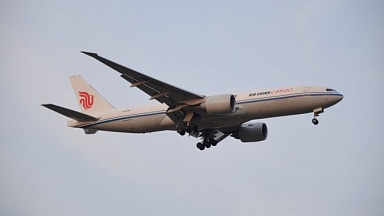Both Cathay Pacific and Lufthansa Cargo have already acknowledged that the ‘preighter’ peak was in May, and that June would see far lower levels.
And with the TAC Index reporting that air freight rates have fallen again, the economic viability of passenger freighters is looking unsustainable.
However, carriers including IAG and Air Canada are continuing with scheduled services.
But, as Lufthansa Cargo chief Peter Gerber told The Loadstar last month, «preighters have only 25% to 30% of capacity, but the costs are still there». Not only that, but loading and unloading is very burdensome.
One airline, which has removed seats from a 777-300ER, claimed it could unload it in one hour and 15 minutes — but a freighter operator pointed out that you could unload a full 747-8F in less time.
Freight Investor Services said: «A number of airlines have gone public about pulling the plug on passenger-freighters, as achievable prices converge on operating costs. This isn’t surprising, considering the inefficiency of these aircraft in moving cargo and the time it takes to load thousands of boxes through cabin doors and onto seats.»
There is not a particular rate at which preighters become unsustainable, but last week saw China to Europe prices drop $1.06, or about 18%, to $4.75 per kg; China to the US fell $0.57, or nearly 10%, to $5.18; and Shanghai to Europe fell nearly 24% to $5.35. The only rise reported was slight, Hong Kong to Los Angeles, Chicago and JFK together rose 2%, to $5.31.
FIS’s ‘forward curve’ has seen market corrections increase rates slightly for the fourth quarter on China-Europe, which it thinks will settle at around $3.55, while China-US has risen slightly for both the third and fourth quarter, at about $3.25 and $3.65 respectively.
Contracts, meanwhile, between forwarders and airlines are still pending, say forwarders, despite pressure from airlines. Carriers are concerned about demand in the short-to-medium term.
The container freight market has picked up some air freight volumes, while rail is becoming increasingly popular. Eastbound rail volumes from Europe to China rose 44% in May and volumes have doubled westbound.
One executive noted that falling air freight yields would return and, after its «moment in the sun», cargo will be back to its former «grim realities».




